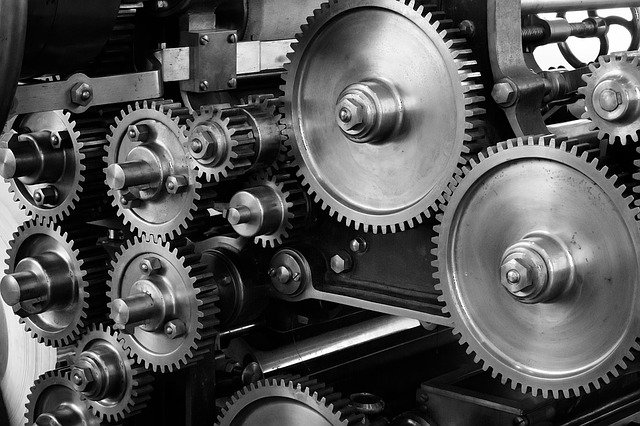MEMS in 2022: Diverse Products and Markets

Microelectromechanical systems became out in the open in the 20th century. Almost 70 years passed after the first MEMS device invention. Today, the market size is impressive with the great potential to grow in the next 10 years. After the modest checkmark of $3.2 billion in 2002, today the MEMS-based product sales are more than $13.4 billion worldwide.
In 2026, the global market size is expected to reach $18 billion. It means that microelectromechanical systems are on-demand today in different market niches. Such holdings as Bosch, Samsung, Panasonic, and Tesla are interested in the implementation of MEMS mirror models, sensors, microchips, and other tech solutions related to bio-MEMS, optical MOEMS, and other microelectromechanical system-based units.
MEMS Market Development: How Did It Get Started?
The MEMS market started to grow with the mass production of inkjet printer nozzles based on microelectromechanical systems. Then, pressure and inertia, sensors, projection chips hit the pipeline and different industrial niches. The next stage of the MEMS market development was the recognition of the exceptional beneficial features of the innovative optical and Bio-MEMS tech units (including laser scanning projector devices, microsurgery tools, etc.).
Now, microelectromechanical systems are applied by huge and middle-size companies, improve the healthcare sector, transform the automotive industry, and promote other important changes. The diversity of the products impresses as well. MEMS technology hit various markets at once at the beginning of the 21st century.
Diverse MEMS Markets to Take into Account
MEMS markets are usually compared with the IC ones. Integration chips and integrated circuit tech units reached the maximum checkpoint at $180 billion in 2010. But this period is notable with the rapid development of microelectromechanical systems as well. It is expected that the IC and MEMS markets will perform the same way and demonstrate a similar tendency to grow and scale up in 2030-2040.
Additionally, the blend of several technologies at once will be the tendency of the tech world in the 21st century. For example, today, there are many 2d MEMS mirror devices with the LiDAR, DLP, GLV features implemented. Among the mixed tech units that are going to hit the mass market due to their flexibility and cross-functionality are:
Optical and Bio-MEMS sensors and microchips (that will include beneficial properties of micro-machined relays, micro-robot, and AI);
High Q-inductors, data storage, and micro-mirror array for projection based on MEMS and LiDAR technologies);
Accelerometers, gyroscopes, crash sensors with a mixed tech background (including IC, LiDAR, MEMS, etc.).
The mentioned above products represent the diversity of the MEMS markets and their growth points in the future. The most potential niches still are the automotive industry (crash sensors, microchips for safe driving, robotic vision through windscreen sensors, etc.), healthcare sector (surgery, diagnostics), and electronics (automatic rotation of the pocket-screen gadgets via sensors, microphones, headphones, etc.).
Diverse MEMS Products in 2022
Optical MEMS products began to be used widely as the key component of fiber optic telecommunication. One of the most renowned brands is Sercalo. Various sensors are produced by huge corporations such as Motorola, Delphi, Analog Devices. DNA chips for microanalysis and implementation of micro-scale tech solutions to the construction, IoT, and other industries are also among the most widely discussed trends in the 21st century.
Micro-mirrors with different characteristics are offered by Silicon Light Machines. The EPSON company develops micro-robots based on microelectromechanical algorithms. These MEMS devices might replace healthcare specialists while performing a range of tasks autonomously (measuring blood pressure, administration of injections, etc.).
To sum up, MEMS technologies are worth the attention of the flagship tech market players. Microelectromechanical systems make a difference right now while simplifying, improving, and autonomizing most manufactural processes together with leveling up consumers’ experiences.
